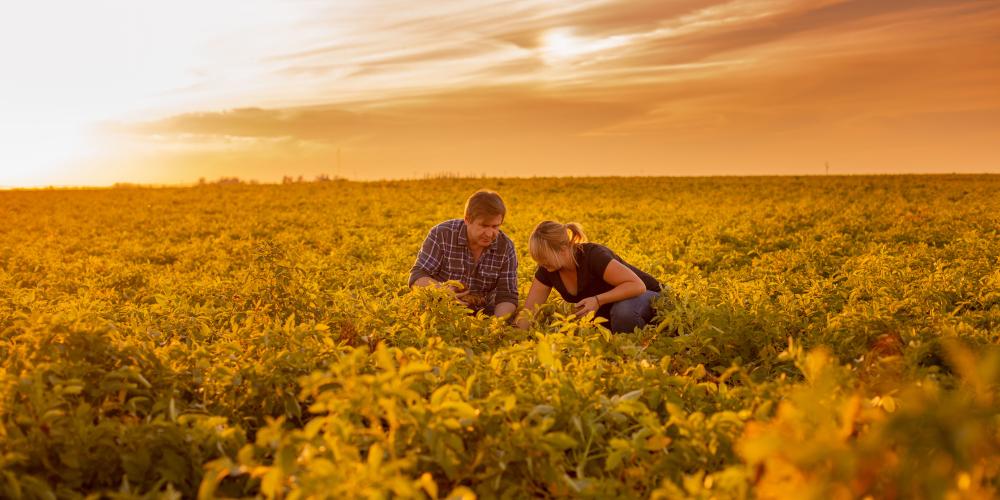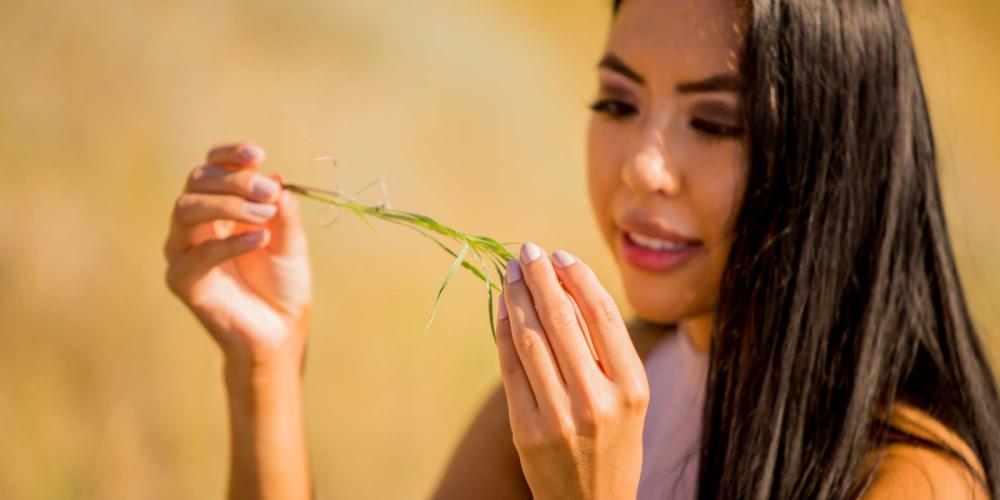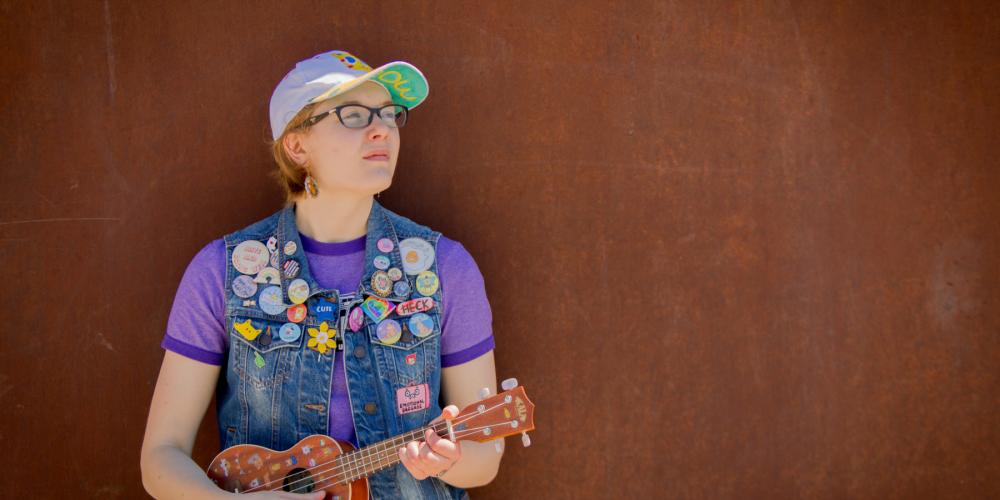Photography
Composition and colour
All of our of the photos are used in a variety of mediums, with digital mediums becoming more prominent. With this in mind, photo composition should also be wide-angle and allow for typography placement or Call to Action (CTA). For example, photos to be used on digital assets (digital screens, web ads, banners on websites) require the subject to be surrounded by static space. Wherever possible take wide-angle shots that can be closed cropped where needed but also serve for digital purposes.
Strive for simple and uncluttered composition that allows for possible text placement and CTA typography to read clearly.
Convey a youthful feel by shooting from atypical perspectives, capturing authentic scenes that are not overtly posed, and using interesting crops.
Colour should be soft and have a natural lightness. Think conceptually and use light elements whenever possible (e.g. lens flaring, light reflecting, etc.).
Some keywords to keep in mind while taking photos: Energetic, honest, authentic, casual, approachable.
Portrait photography
Compose your portraits with a short depth of field to allow backgrounds to blur out, focusing on the individual.
The main subject of your photo should be dressed appropriately for the context of their position, subject matter of study or story they are representing and/or telling. Details are important (e.g. ensuring shirt collars are down, catching stray pieces of hair, ensuring lab coats are clean and pressed).
Overall composition remains consistent with the above description, simple and uncluttered and cropped where needed for interest and to convey emotion.
Please ensure there are both vertical and horizontal options. It’s also important to get a variety of facial expressions, including smiling and more serious (depending on subject matter).
Support imagery / Stock imagery
- Typically less conceptual than main imagery, support imagery should be composed to clearly communicate a specific scene, point or feature of the University of Lethbridge.
- Shots may depict inanimate objects, although photographs with a human element are always preferred.
- Avoid the feeling of typical stock photography by capturing details and features unique to our University, or using stock photography that captures an emotion, experience, or unusual perspectives.
- Colour should be soft and have the natural lightness of primary imagery.








